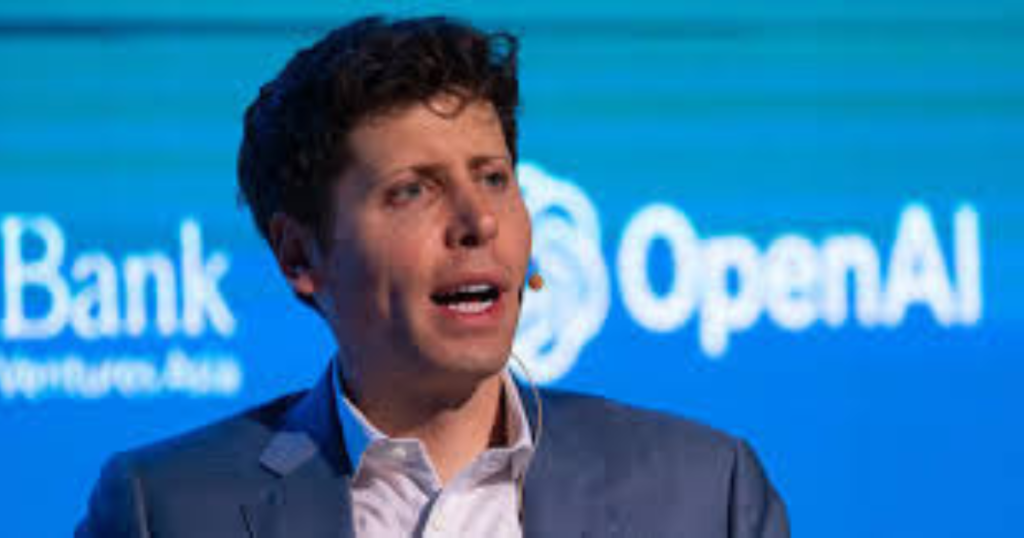In a bold move to ensure the safety and security of its AI advancements, OpenAI has established a new Safety and Security Committee. This comes as the company embarks on training its next artificial intelligence model, aiming to bring its systems to new heights. As AI technology evolves rapidly, the importance of stringent safety measures cannot be overstated. Let’s delve into the details of this significant development.
Background of OpenAI
OpenAI, founded in 2015, has been at the forefront of artificial intelligence research and development. With a mission to ensure that artificial general intelligence (AGI) benefits all of humanity, OpenAI has made remarkable strides in the AI field. From developing powerful language models like GPT-3 and GPT-4 to pioneering advancements in generative AI, OpenAI’s vision remains steadfast: to create safe and beneficial AI.
Formation of the Safety and Security Committee
The announcement of the new Safety and Security Committee marks a pivotal moment for OpenAI. The committee is tasked with making crucial safety and security decisions for the company’s projects and operations. This initiative underscores OpenAI’s commitment to addressing the growing concerns surrounding AI safety.
Key Figures in the Committee
Sam Altman’s Role and Influence
As CEO of OpenAI, Sam Altman plays a pivotal role in the new committee. His leadership and vision have been instrumental in driving OpenAI’s mission forward.

Contributions of Bret Taylor, Adam D’Angelo, and Nicole Seligman
The committee includes esteemed board members Bret Taylor, Adam D’Angelo, and Nicole Seligman. Bret Taylor, the chairman of the board, brings a wealth of experience and strategic insight. Adam D’Angelo, CEO of Quora, and Nicole Seligman, former Sony general counsel, contribute their extensive expertise to the committee.
Newly Appointed Members Jakub Pachocki and Matt Knight
Joining the ranks are newly appointed Chief Scientist Jakub Pachocki and Head of Security Matt Knight. Their addition signifies OpenAI’s dedication to reinforcing its safety protocols.
Reasons for the Committee’s Formation
The formation of the Safety and Security Committee is a response to increasing concerns over AI safety. With the power of AI models growing, ensuring their safe and ethical use has become paramount. Past incidents and criticisms have highlighted the need for a dedicated body to oversee these aspects.
Responsibilities of the Safety and Security Committee
The committee’s responsibilities are multifaceted. They include evaluating existing safety practices, developing new safety protocols, and making recommendations to the board. This comprehensive approach aims to bolster OpenAI’s safety framework.
Initial Tasks and Timeline
The committee’s first major task is a thorough review of OpenAI’s safety practices over the next 90 days. This evaluation will culminate in a set of recommendations that will be shared with the board and, subsequently, with the public. This transparent process aims to build trust and accountability.
The Departure of Key Figures
The recent resignation of key figures like Ilya Sutskever and Jan Leike has impacted OpenAI’s safety strategy. These departures underscore the challenges and internal debates within the company regarding safety priorities.
Disbanding of the Superalignment Team
Earlier this month, OpenAI disbanded its Superalignment team, a move that raised eyebrows. This team, led by Sutskever and Leike, was focused on ensuring AI stayed aligned with intended objectives. The decision to reassign team members to other groups highlights a shift in OpenAI’s approach to safety.
Training of the New AI Model
OpenAI is now training a new “frontier” model, designed to succeed GPT-4. While details are scarce, the company hints at groundbreaking capabilities that will advance their path to AGI. This new model is expected to push the boundaries of what AI can achieve.
Consultation with External Experts
To enhance its safety efforts, OpenAI is consulting with external experts like Rob Joyce, a former U.S. National Security Agency cybersecurity director, and John Carlin, a former Department of Justice official. Their insights will be invaluable in shaping robust safety protocols.
Public Updates and Transparency
OpenAI has committed to publicly sharing updates on the recommendations adopted from the committee’s review. This transparency is crucial in fostering public trust and demonstrating OpenAI’s dedication to ethical AI development.
Future Prospects of OpenAI
Looking ahead, OpenAI aims to continue leading the AI industry in both capability and safety. The new AI model represents a significant step towards achieving AGI, with the company striving to balance innovation with responsibility.
Conclusion
OpenAI’s establishment of a Safety and Security Committee marks a significant commitment to ensuring the safe development and deployment of AI technologies. As the company trains its next frontier model, the focus on safety and transparency will be critical in navigating the complexities of AI advancement.

